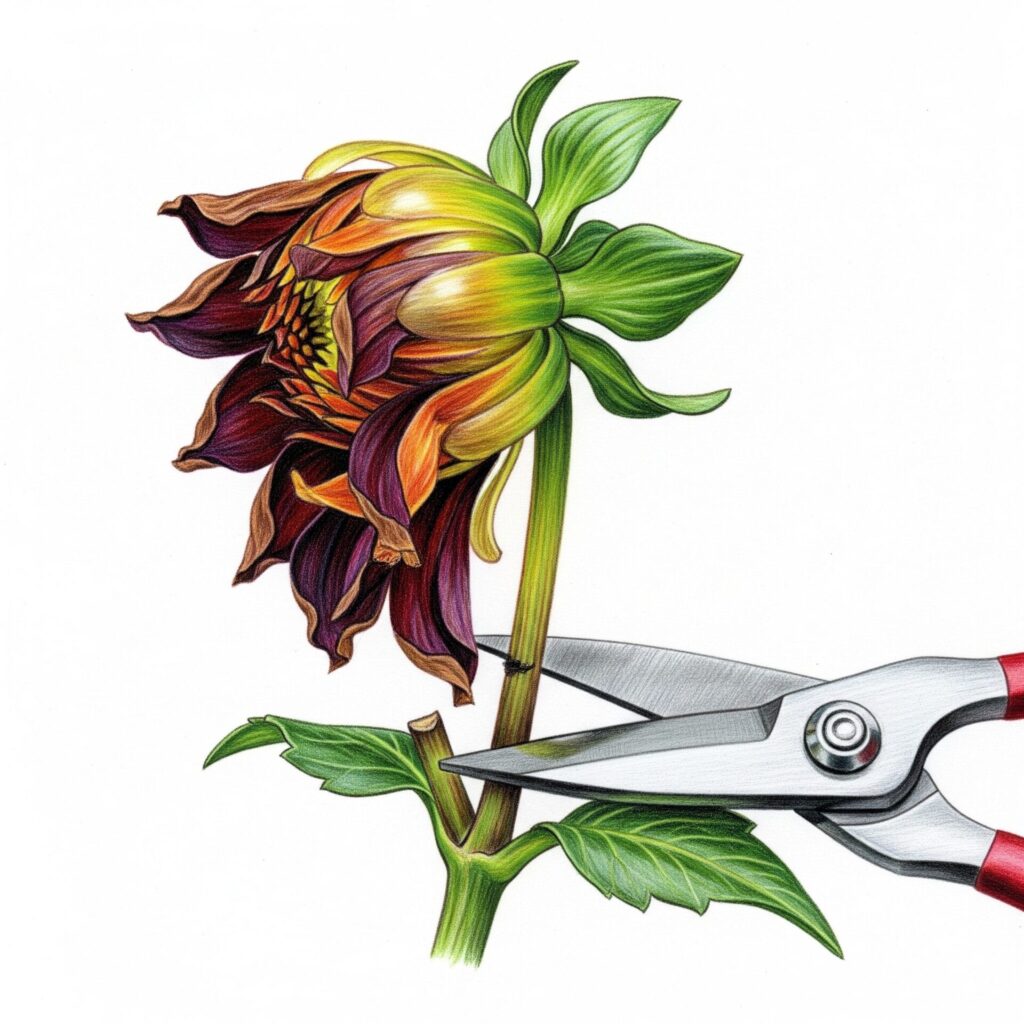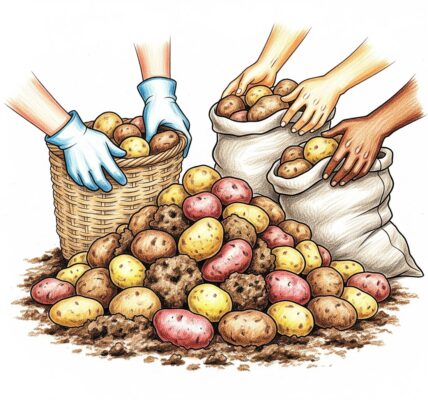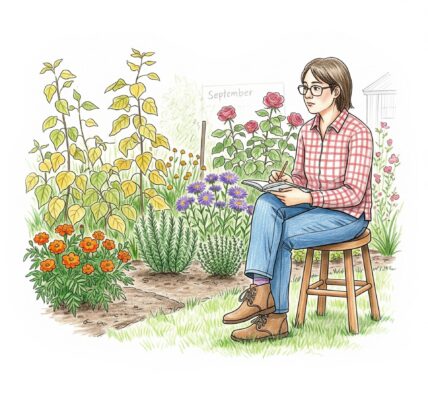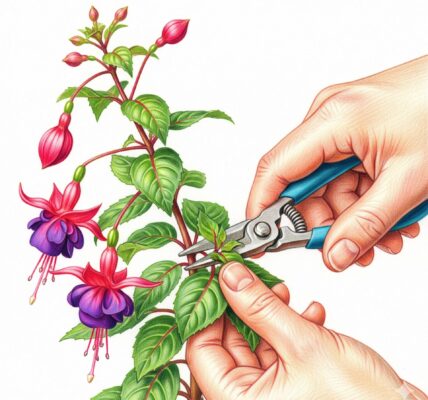
September marks a transitional period in the garden, as the vibrant displays of summer begin to wane and a subtle autumnal palette takes hold. For the low-maintenance gardener, this is not a time for intense work, but rather for focused tasks that will prolong the season’s beauty. One of the most rewarding and straightforward jobs is deadheading, particularly for flowers like dahlias.
While many annuals and perennials are fading, dahlias are often still in their prime, offering a spectacular show of colour. Deadheading, or removing spent flowers, is crucial for keeping this show going strong. By snipping off the old, faded blooms, you prevent the plant from putting its energy into producing seeds. Instead, that energy is redirected back into the plant to create more flowers. This simple act can extend the dahlia’s blooming period right up until the first hard frost.
To deadhead dahlias effectively, it’s important to make the cut at the right spot. Look for the stem that held the flower and follow it down to the next set of leaves or a new flower bud. Make a clean cut just above this point. You can easily spot a spent dahlia bloom because it will be pointed and cone-shaped, while a new bud will be rounded. Removing the old blooms also keeps the plant looking tidy and healthy, as decaying flowers can attract pests and diseases.
Beyond dahlias, you can apply the same principle to other late-flowflowering plants like roses, penstemons, and cosmos. This simple, repetitive task can be quite meditative and allows you to stay connected with your garden as the seasons change. By continuing to deadhead in September, you can enjoy a last glorious flush of flowers, ensuring your garden remains a source of joy and colour until the very end of the growing season.




